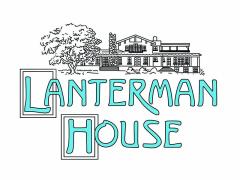The Seaver Center for Western History Research collects, preserves, and makes available to the general public and to scholars historic records pertaining to the history and the exploration of the trans-Mississippi American West, with particular emphasis on Southern California and Los Angeles. Its historic records holdings include (but are not limited to) manuscript materials, books, serials, trade…
